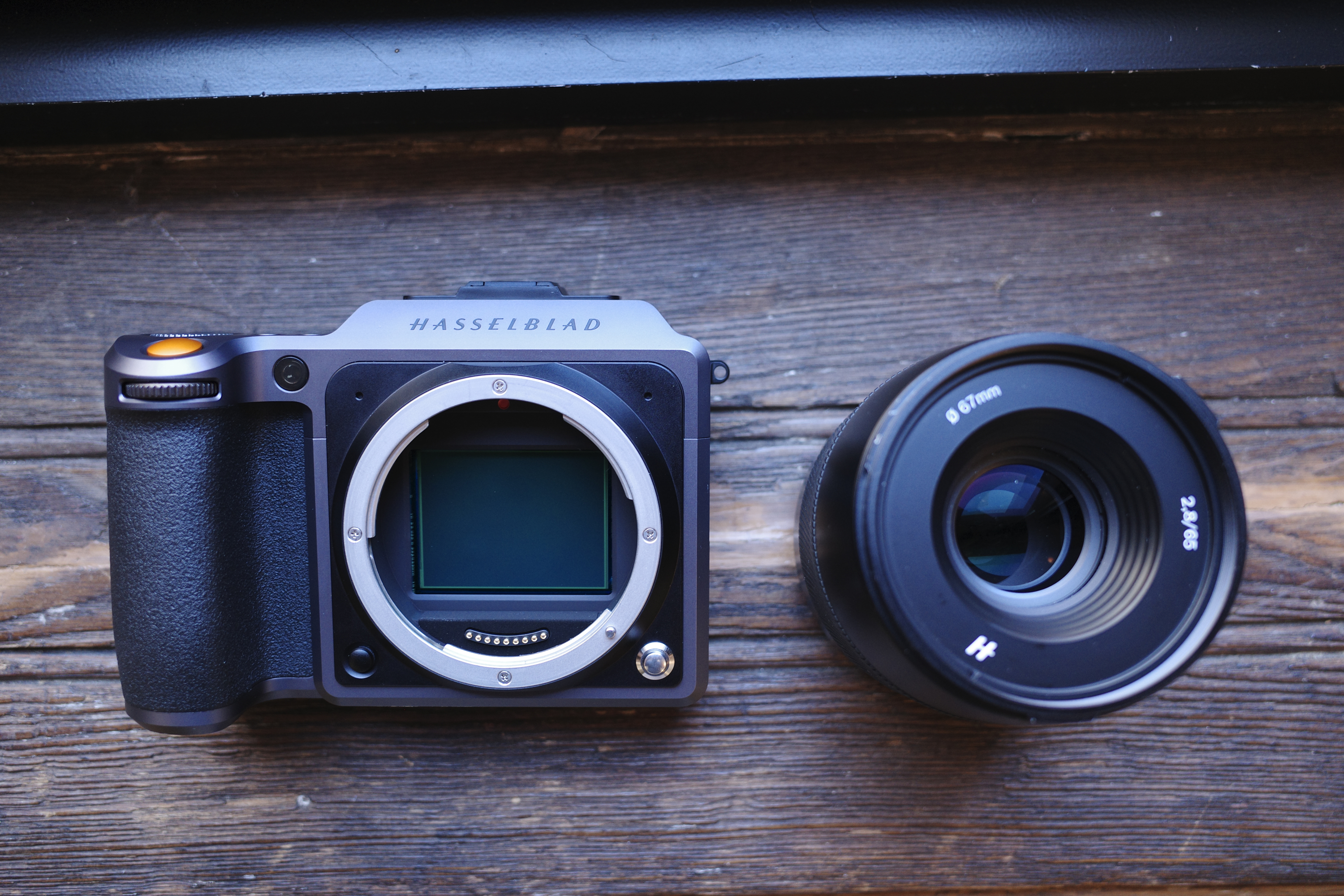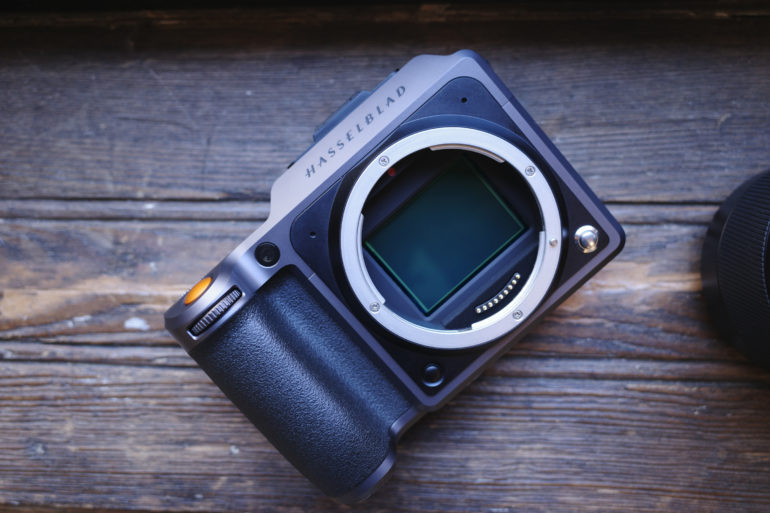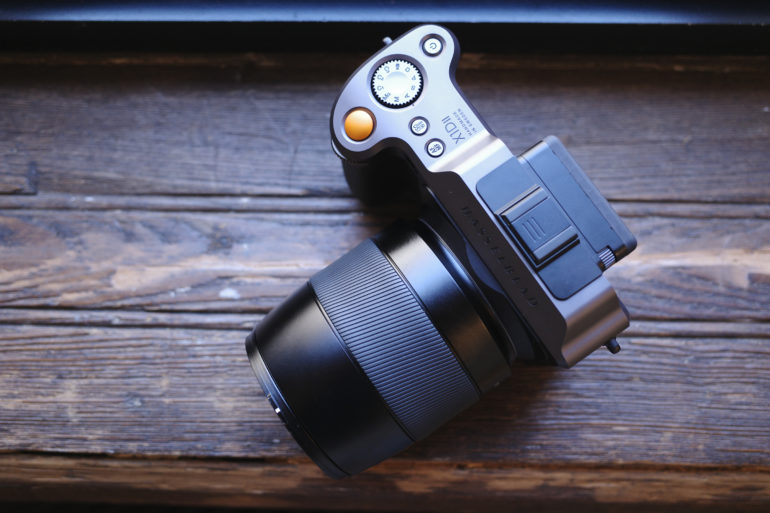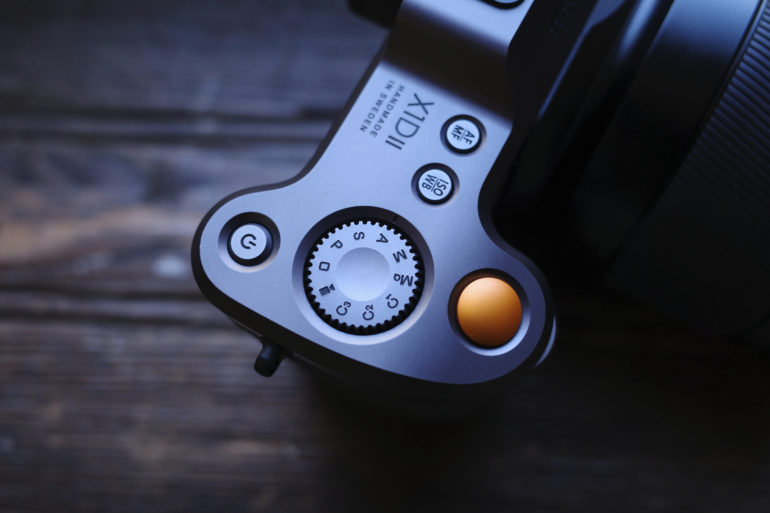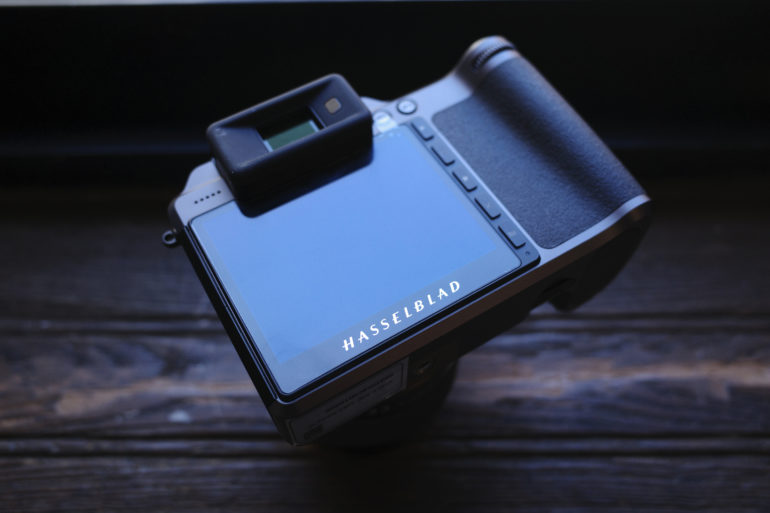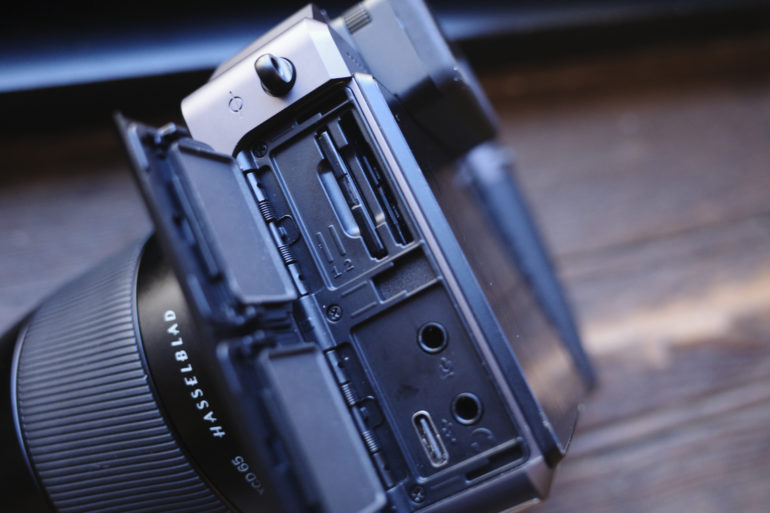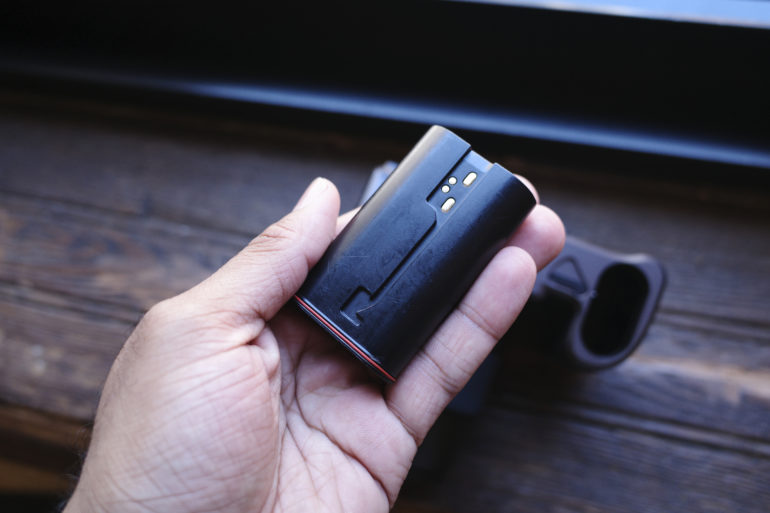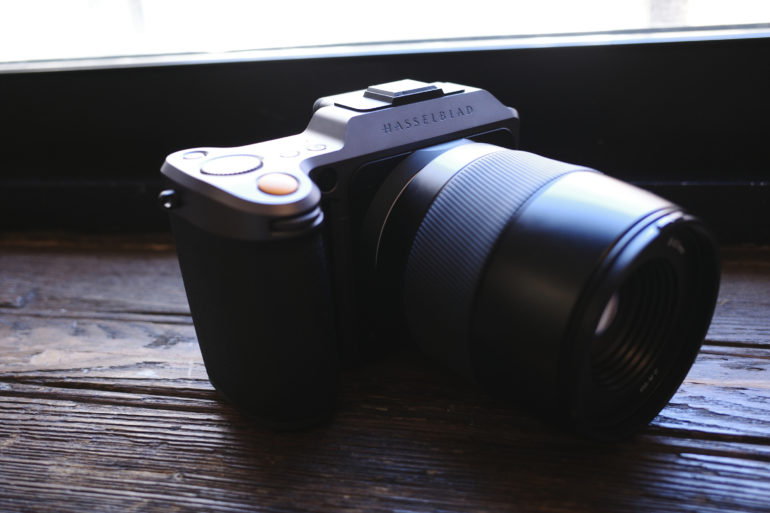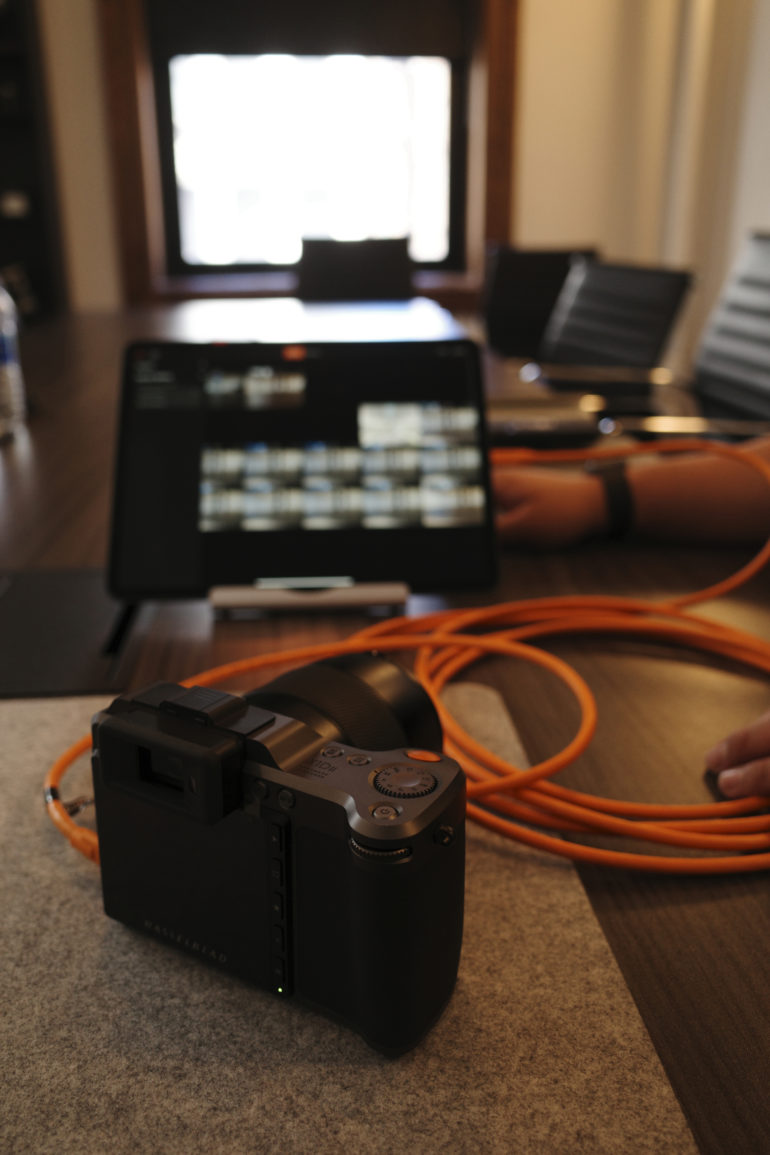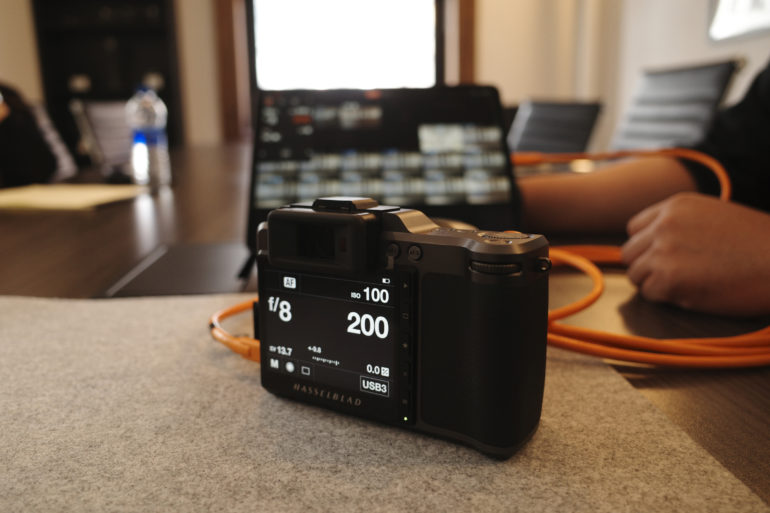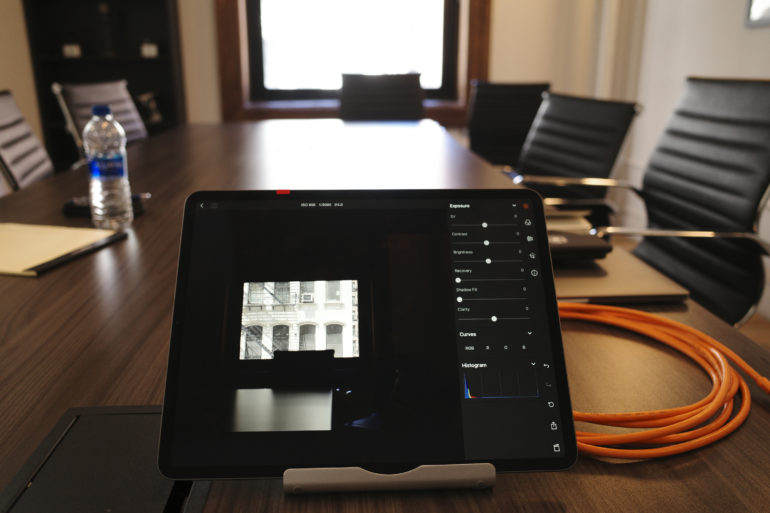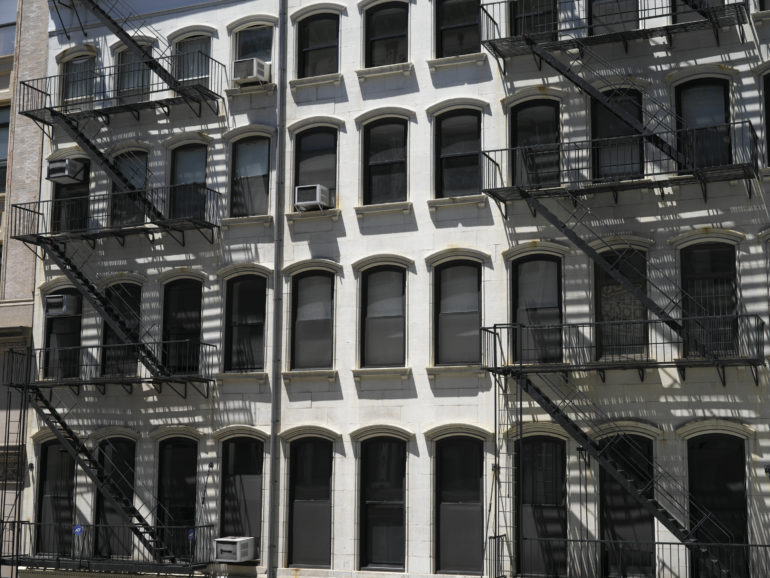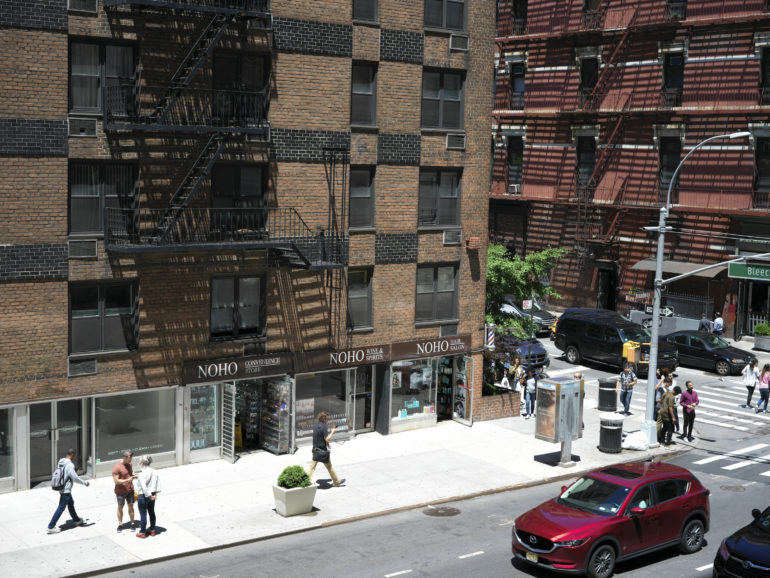Last Updated on 08/23/2019 by Brett Day
The Hasselblad X1D II has a bigger emphasis on improving many of the problems of the first camera.
Photographers who went ahead and purchased the original Hasselblad X1D will be happy that they bought into the system; because the Hasselblad X1D II is promising to not only be much more affordable but is supposed to best its predecessor in every way possible. Hasselblad admitted to us in our press preview of the camera that they did everything that they could with the hardware. But there are limitations. With the Hasselblad X1D II, the company is looking to up its ante across the field. Still, a camera designed for the photographer on the go that needs medium format quality and performance, one of the coolest things that they’re doing is making a very useful tethering solution via the iPad. This is bound to be useful when on location with a producer/creative director/client over your shoulder. We had under an hour to play with the new Hasselblad X1D II recently, and here are our initial thoughts.
Tech Specs
- 50MP CMOS Medium format sensor
- Machine aluminum body
- 43.8 × 32.9 mm sensor size
- Video to be enabled at a later date
- 16-bit raws with 14 stops of dynamic range
- ISO 100-25,600
- Dual UHS-II SD card slots
- 2.7 frames/second
- 3.6 inch TFT LCD display
- 2.36 million dot
- 3.69-million dot OLED EVF
- IR filter on the sensor
- USB type C
- Wifi and GPS
- Leaf shutter
- TTL flash compatibility with a number of Nikon flashes; it can also be used with Profoto Nikon triggers
- 766 grams in weight for the body with the battery and SD card
- The battery can now be charged in camera
- GPS Module located inside
- Autofocus improvements
- Startup time reduced by 46%
- 62% faster frame rate refresh on the display
The X1D II 50C has an MSRP of € 5000 / $ 5750 / £ 4500 / JPY¥ 650000 excl. VAT / CNY¥ 39990 incl. VAT. Delivery in July 2019. Available to order immediately.
Ergonomics
The Hasselblad X1D II looks a whole lot like its predecessor. It’s still mostly the same body. You’ll find that giant mount on the front, the release button, and a programmable button. Plus the grip has a control dial too. And of course, you can’t forget about that Hassy logo branding!
The top of the Hasselblad X1D II is also much like the previous camera. The viewfinder seems to stick out a bit more and was designed to provide more eye relief for folks who wear glasses. That’s great news for folks like me! You’ll otherwise find many of the standard buttons on top.
Just for those of us who wear glasses, here is a closer look at that standard fare that I spoke of just now. The mode dial, on/off button, shutter button, focusing type and white balance/ISO buttons are here. Here is where you’ll also see that the camera is the newer iteration.
The back of the Hasselblad X1D II is dominated by the giant touchscreen. I would have liked a joystick for direct focus point control instead of using the LCD screen. Said screen also has buttons on the side to work with the menus and such. But otherwise, you’ll use the screen itself since it’s a touchscreen.
Open up the doors on the side and you’ll see the card slots and many of the other mandatory ports that cameras have these days.
And here is the battery. It’s a big one!
Build Quality
The Hasselblad X1D II is being billed as a camera that is every bit as durable and weather sealed as its predecessor is. There is still sealing all throughout the camera and when we explored things like the ports and the mount, we indeed found there to be a ton of seals. But we have yet to fully test the Hasselblad X1D II in the field and ideally in the rain. If you think that’s a crazy thing to do, then you should see what we did to the Fujifilm GFX 50R. For what it’s worth, the Hasselblad X1D II feels much more robust than the 50R. And so if it feels that way, it would make sense for the camera to be able to stand up to exactly what the Fujifilm was put through.
Ease of Use
The really cool thing about the Hasselblad X1D II is that for the most part, the menu system is still pretty simple and easy to work with. All of the displayed info is huge and the buttons are pretty easy too. You’ll be interacting with the camera mostly through the big, beautiful touchscreen LCD on the back. For those of us who work with touchscreen phones all the time, this could be more or less intuitive.
What’s also very nice is how it can tether to something like an iPad with the new app for Hasselblad. You can make edits on your iPad if you wish, but that info won’t be saved to the RAW file on the camera.
Autofocus
Though I haven’t played with the Hasselblad X1D in a while, I remember that the autofocus was pretty slow. With the Hasselblad X1D II, I didn’t experience as fast autofocus performance as I’m used to with Fujifilm’s medium format series of cameras. However, I was playing with a prototype of the camera. We’re willing to forgive this as the final firmware should provide it with faster everything. As it is though, it’s much improved over the previous version. Again though, I doubt that we’ll be seeing any medium format camera system able to catch up to the Sony a9 this year.
Image Samples
These images are from the prototype Hasselblad X1D II that we played with. We essentially just got to shoot out their window.
First Impressions
We so far really like the Hasselblad X1D II. We’re hoping to get a review unit sooner rather than later; but we’ll see how that turns out for us! This seems like a really excellent camera so far and if Hasselblad is keeping with the trend of every camera manufacturer fighting for survival this year, then they’re doing a good job. We just hope that it tests to be as great in the field as it was shown off to be to us. We’re also being promised that it has slightly better battery life. You can pre-order the Hasselblad X1D II from Adorama.
Stay tuned for a fuller review of the Hasselblad X1D II.


